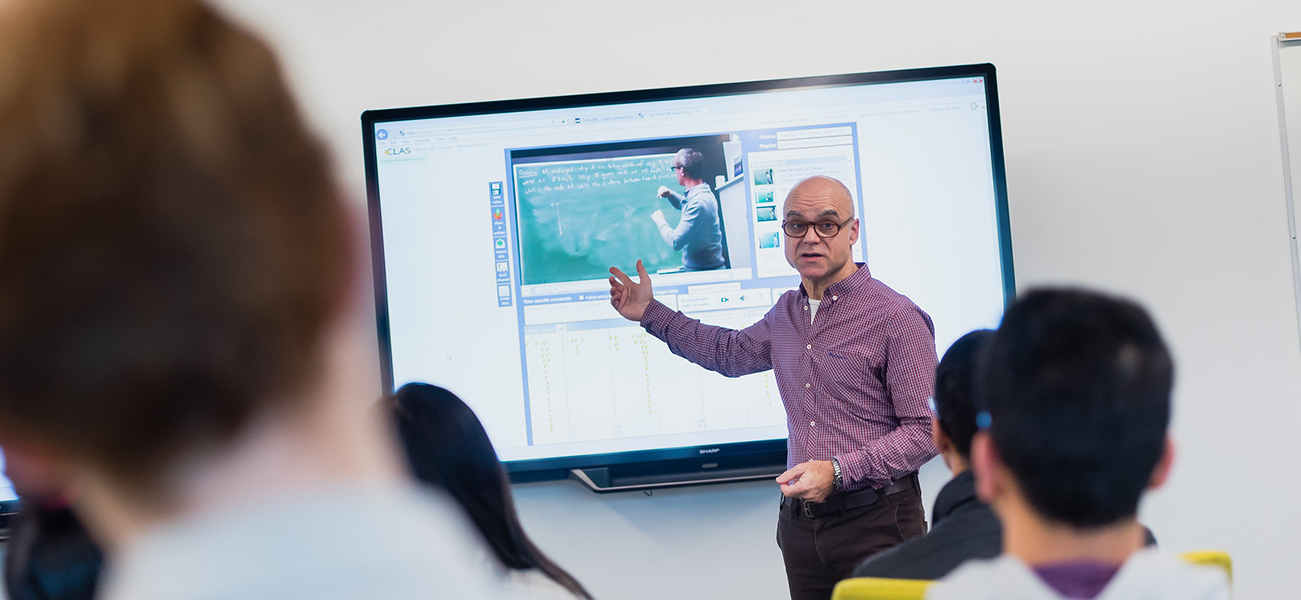
As faculty and staff at UBC, we handle a significant amount of personal information daily. This information belongs to our colleagues, students, and others, and we must understand how to protect it.
What is Personal Information?
Personal information (PI) is any recorded information about an identifiable individual, excluding business contact information. Think of it as information you wouldn't want a stranger to know.
Here's the key: Personal information requires two elements:
- A personal identifier: This could be your name, Social Insurance Number (SIN), student ID, CWL ID, or another unique identifier.
- A piece of information linked to the identifier: This could be your address, phone number, grades, or any other detail specific to you.
For example, "Jane Doe" alone isn't personal information because it lacks a linked detail. However, "Jane Doe lives at 123 Main Street" becomes personal information because it combines a name with an address.
Business Contact Information vs. Personal Information
Business contact information, such as your name, title, department phone number, and work email address, is generally considered public and can be posted on a UBC website
The Importance of Protecting Personal Information
The Freedom of Information and Protection of Privacy Act (FIPPA) governs UBC's handling of personal information. This act requires the university to take steps to prevent unauthorized collection, use, or disclosure of personal information.
Many of the credentials we use daily, like our CWL IDs and passwords, grant access to a wealth of sensitive information about faculty, staff, and students. It's important to be mindful of this access and handle personal information responsibly.
What Qualifies as Personal Information at UBC?
FIPPA defines "personal information" broadly. Any recorded detail that can be linked to an identifiable individual, excluding business contact information, is considered personal.
Here's why seemingly impersonal details can become personal:
- The "Mosaic Effect": You should exercise caution before releasing any data that was derived from underlying personal information, even if you think you have “de-identified” the data. Information technology provides powerful tools for analyzing and linking data. It may be possible for someone to re-identify individuals by combining seemingly innocuous bits of available data. This is sometimes called the “mosaic effect”.
Student information, including names and contact details, is considered personal because students are at UBC in a personal capacity. This means anonymizing student grades using student IDs wouldn't comply with FIPPA, as students could share their IDs, revealing their grades.
By understanding what constitutes personal information and following UBC's guidelines, we can all play a role in protecting the privacy of our colleagues, students, and other members of the UBC community.